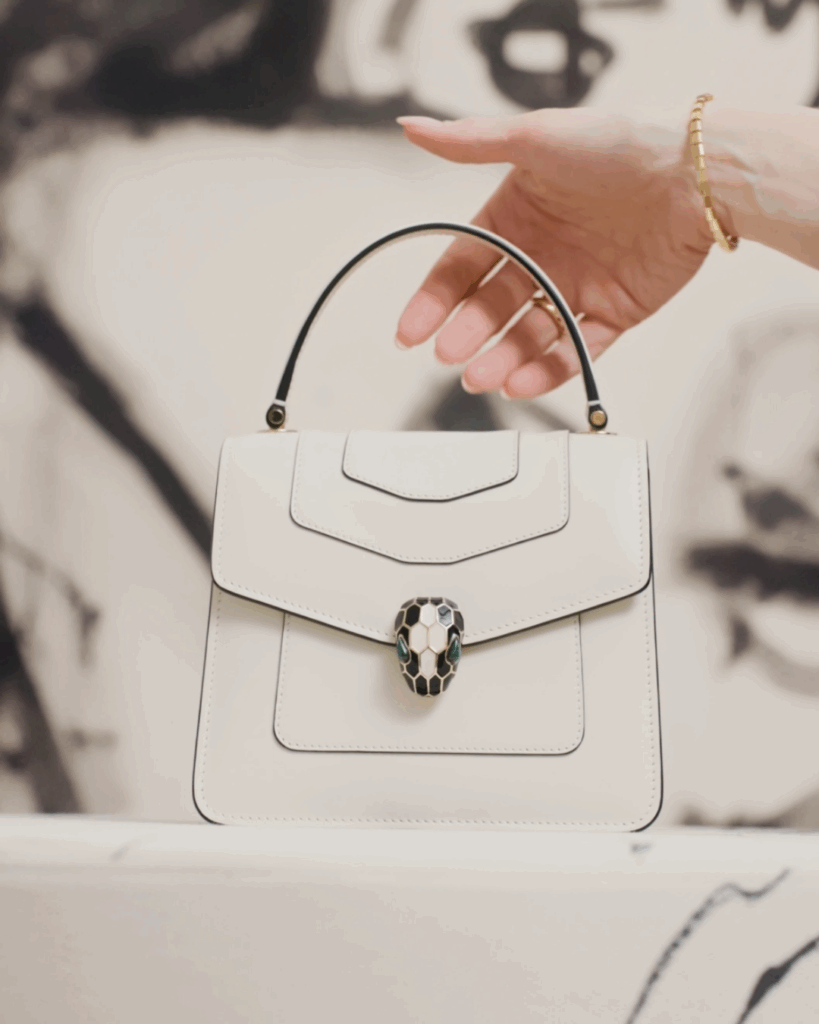Time to get working on those first impressions.
We’ve all had plenty of laughs over resting bitch face, but your neutral face could be telling people more than you know.
Science has recently come up with a theory that your facial expressions have a lot to do with whether people think you’re rich or poor. This is important because those who are perceived as wealthy are considered to be more reliable and are more likely to be given better and higher paying jobs.
A study carried out by University of Toronto’s Faculty of Arts and Science confirms that first impressions are a self-fulfilling prophecy, perpetuating your social class and influencing the opportunities presented to you.
The research has found that your class status could only be determined through your neutral face, not when expressing emotions.
Even more interesting is that other external social and cultural biases such as gender and race did not affect the results of the study.
The neutral face is the best possible way to see life-long habits of expression that will become etched into the face, such as happiness (wealthy) or stress (poverty). Those are obviously a generalisation but Associate Professor Nicholas Rule, a lead author on the paper explained, “Over time, your face comes to permanently reflect and reveal your experiences. Even when we think we’re not expressing something, relics of those emotions are still there.”
“What we’re seeing is students who are just 18-22 years old have already accumulated enough life experience that it has visibly changed and shaped their face to the point you can tell what their socio-economic standing or social class is.”
“There are neurons in the brain that specialize in facial recognition. The face is the first thing you notice when you look at somebody,” Rule elaborates.
“We see faces in clouds, we see faces in toast. We are sort of hardwired to look for face-like stimuli. And this is something people pick up very quickly. And they are consistent, which is what makes it statistically significant.”
The study used a benchmark of $75,000, based on the US average median family income.
Step one saw volunteers broken up based on an income per year of under $60,000 or above $100,000; their neutral face was then photographed and presented to a different set of participants.
Step two asked the second round of participants if the people in the photos were rich or poor. The results revealed participants did this with 53% accuracy, a percentage that transcends random chance.
“People talk about the cycle of poverty, and this is potentially one contributor to that,” says Rule.










